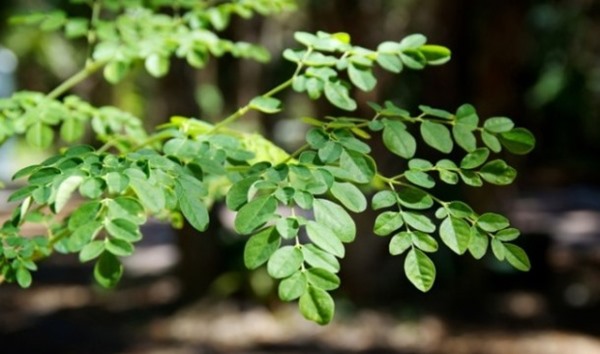Moringa oleifera originates from South Asia and it can be found throughout the tropics. The leaves of this tree were commonly used in the traditional medicine for thousands of years. Even the Ayurvedic medicinal system claimed it as a prevention cure for more than 300 diseases.
Moringa, or also known as the “miracle tree” or “horseradish tree,” contains tiny, rounded leaves rich in amazing nutrition, such as calcium, protein, beta carotene, potassium, vitamin C, and etc.
6 Reasons Why Moringa Is Being Declared as a Superfood
-
A Rich Nutritional Profile
Moringa leaves are extremely rich in minerals, vitamins, essential amino acids, and etc. 100 grams of a moringa leaf has:
-
Antioxidants Galore
Moringa leaves have high content of antioxidants, such as vitamin C, quercetin, beta-carotene, and chlorogenic acid. The last one reduce the absorption of sugar in the cells and lower the sugar levels in the blood.
-
Lower Blood Sugar Levels
Moringa contains anti-diabetic effects thanks to the beneficial compounds which its leaves possess, such as isothiocyanates. It was proved in a study that women who consumed 7 grams of powdered moringa leaf on a daily basis for 3 months reduced the sugar levels in the blood by 13.5%.
-
Reduce Inflammation
The flavonoids, isothiocyanates, and phenolic acids in the leaves of moringa, its seeds and pods contain anti-inflammatory features as well. On the basis of the Epoch Times:
“The potent anti-inflammatory properties of moringa treats stomach ulcers. Moringa oil or also known as Ben oil, protects the liver from inflammation.
-
Maintain Healthy Cholesterol Levels
Moringa is rich in properties for lowering of the cholesterol and according to an animal study, the effects of the moringa tree are identical to the ones of the drug simvastatin for lowering of the cholesterol.
-
Protect Against Arsenic Toxicity
The seeds and leaves of moringa protect against arsenic toxicity, that is extremely important for the rice as the most common staple food which can be contaminated. Water contamination by arsenic become a reason of global concern for the public health.
Moringa Leaves May Even Purify Water
From a digestive point of view, moringa is rich in fiber which acts just like a mop in the intestines. It cleansed up the grunge left from a really greasy diet. Moringa seeds work even better for purification of water than the majority of the conventional synthetic materials that are used nowadays. It has been speculated that moringa has a capacity to attach itself to some harmful materials that happen within the body, which makes the moringa tree a powerful detoxification tool.
How to Use Moringa
You can use the moringa leaves in some of your meals because they taste similarly to a radish. You can either toss them in a salad, steam like spinach, or blend them into smoothies. Also, you can use moringa powder as a supplement added to soups, smoothies, or other foods for additional nutrition.
nevertheless, all of the parts of this tree can be used to treat infectious disorders, inflammations, and numerous other problems related to the digestive and cardiovascular organs, while improving the function of the liver and stimulating the flow of the milk in nursing mothers.
Source: articles.mercola.com
